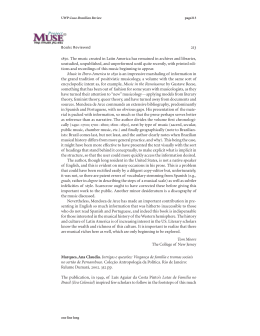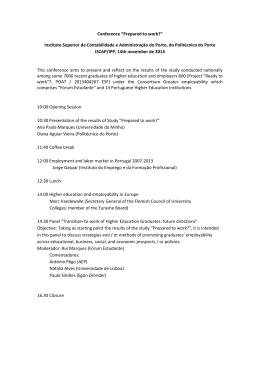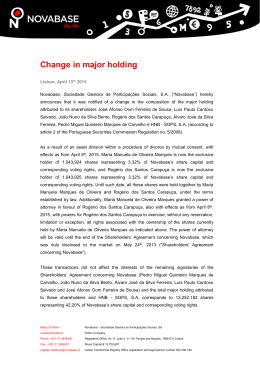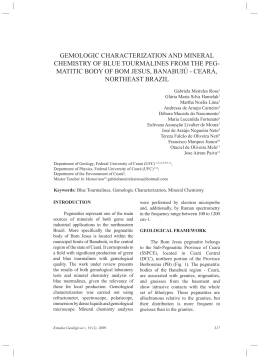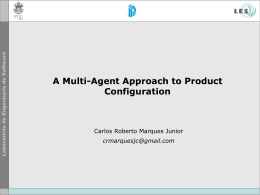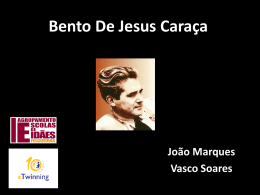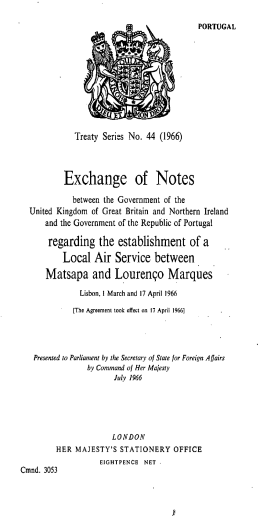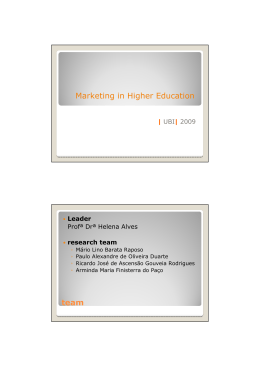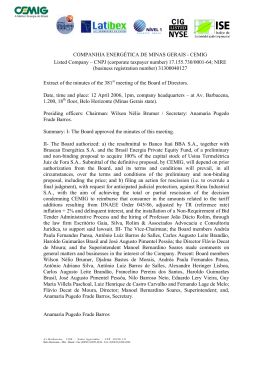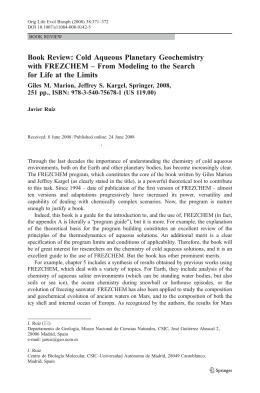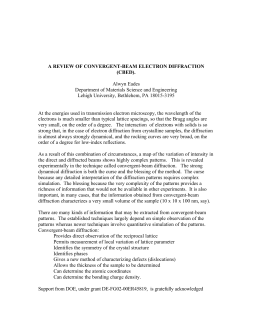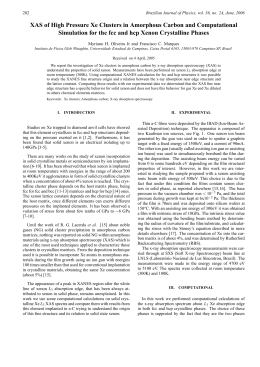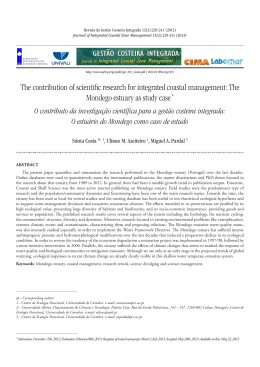Experiment title: X-ray diffraction investigations of the structure of concentrated aqueous solutions of aluminum, beryllium and magnesium bromides at low and room temperatures Beamline: Shifts: 18 Date of report: Date of experiment: ID15b Experiment number: SC-1006 27th November 2002 – 03rd December 2002 Local contact(s): 29-08-2003 Received at ESRF: Dr. Veijo Honkimaki Names and affiliations of applicants (* indicates experimentalists): Professor Manuel Alves Marques *Dr. Maria Isabel de Barros Marques *Prof. Maria Isabel Cabaço *Ms Ana Gaspar Centro de Física da Matéria Condensada da Universidade de Lisboa, Avenida Professor Gama Pinto, 2, 1649-003 Lisboa, PORTUGAL Report: This experiment was proposed in the frame of our investigations on positional correlations existing in concentrated aqueous solutions of salts constituted by ions of different valences [1-9]. We intended to obtain information about the structure of concentrated aqueous solutions of inorganic salts, at different temperatures between their melting and boiling points. High intensity monochromatized synchrotron radiation was used, in order to gather information with high accuracy in short acquisition times. Monochromatized synchrotron radiation of high energy (88.620keV, 0.140Å) was chosen, simplifying most of the corrections to be performed on the raw data. The samples were studied by transmission in layers of 2mm, contained in a plane parallel cell between kapton windows. The detection system was a MAR online image plate scanner (2300x2300 pixels: pixel size 0.15mm). The one-dimensional diffraction patterns were obtained by integration of the diffraction rings of the 2D patterns. The resolution and angular range covered could be modified by changing the distance from the sample to the detector. Typically three distances used were: ~300 mm, ~950 mm and ~ 450 mm. The heating system used allowed to change and monitor the sample temperature between room temperature and ~400K. Data obtained for concentrated aqueous solutions of aluminium, magnesium, beryllium, lanthanum, indium and yttrium chlorides. The measured intensities, normalised to the intensity of the incident beam, were corrected from background, empty container and air scattering contributions, absorption and geometrical factors and then scaled to electron units using the Krogh-Moe method (for that the incoherent intensities were approximately calculated from data available in literature) [3,4]. The results obtained for the concentrated aqueous solution of LaCl3 are represented in the figure. LaCl3 16.3 H2O 5 305 K 325 K 350 K 375 K 400 K 2 3 g(r) 3 I(Q) / 10 eu 4 305 K 325 K 350 K 375 K 400 K 2 1 0 2 1 0 Q/Å -1 4 6 2 4 6 8 10 305 K 325 K 350 K 375 K 400 K 3 2 Qi(Q) / 10 r/Å 0 -2 0 4 8 -1 12 16 Q/Å Fig Comparison of the profiles of the intensities of diffraction patterns of a concentrated LaCl3 aqueous solution at different temperatures Results from this experiment will be presented in Madrid, Spain, during the “6th Iberian Joint Meeting on Atomic and Molecular Physics” (July 2003) and in Castelveccio Pascoli, Italy during the ESF-EMLG Conference “Routes from local order to large cooperativity” (Sept 2003). References [1] M. Alves Marques and M.I. de Barros Marques, K. Ned. Akad. Wetensch. Ser. B, 1974, 77, 286. [2] M.I. de Barros Marques, M.I. Cabaço, M.A. de Sousa Oliveira and M.Alves Maques, Chem. Phys. Lett., 1982 , 91, 222 [3] M. Alves Marques and M.I. Cabaço, Chem. Phys. Lett., 1986, 123, 73; 124, 487 ; 126 , 551 [4] M. Alves Marques, M.I. de Barros Marques, G. Bushnell-Wye, M.M. Costa, M.J. de Almeida, L.C. Andrade, J. Phys.: Condens. Matter, 1995, 7, 7409 [5] M.I. Cabaço, A.M. Gaspar, C.M. de Morais and M. Alves Marques, J. Phys.: Condens. Matter, 2000,12 2623 [6] M. Alves Marques, M.I. Cabaço, M.I. de Barros Marques, A.M. Gaspar and C.M. de Morais, , J. Phys.: Condens. Matter, 2001, 13 4367 [7] M. Alves Marques, M.I. Cabaço, M.I. de Barros Marques, A.M. Gaspar, J. Phys.: Condens. Matter, 2002, 14, 7427 [8] M. Alves Marques, M.I. de Barros Marques, M.I. Cabaço, A.M. Gaspar and M.L. de Almeida J. Mol. Liquids, 2003 accepted [9] A.M. Gaspar, M. Alves Marques, M.I. Cabaço, M.I. de Barros Marques, T. Buslaps and V. Honkimaki, J. Mol. Liquids, 2003 accepted Note Unfortunately, similar experiments on aqueous solutions of thorium salts were not possible, since only experiments at room temperature and on very diluted aqueous solutions at allowed, due to this element’s radiactivity.
Download
